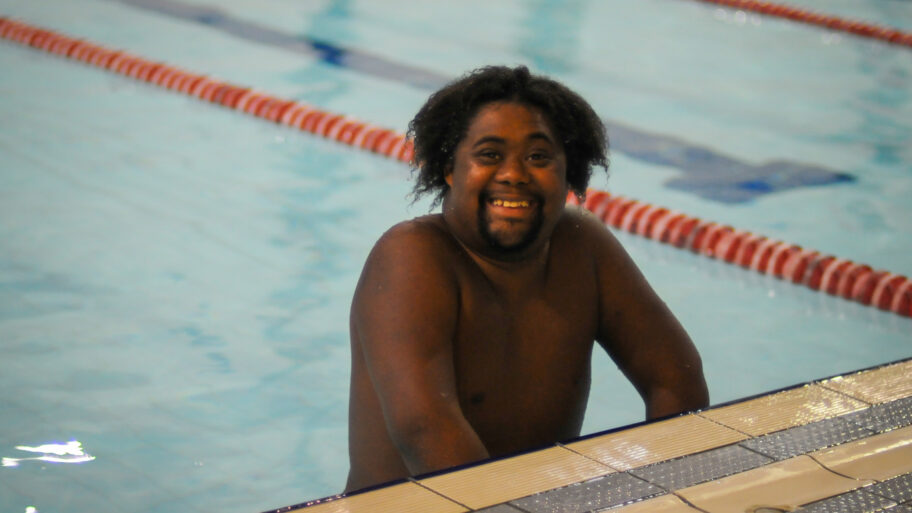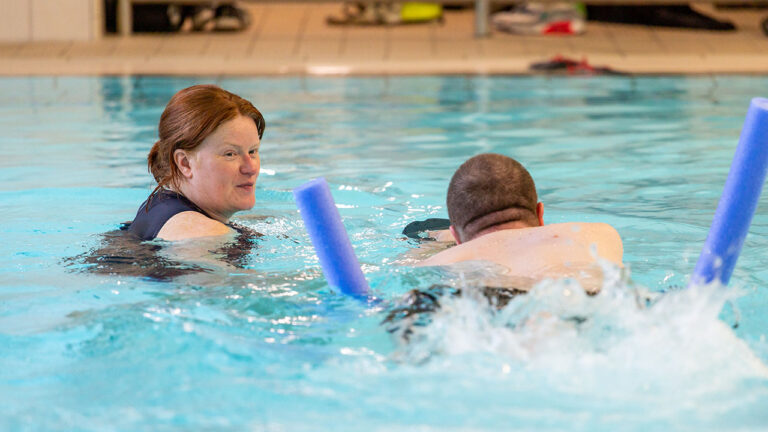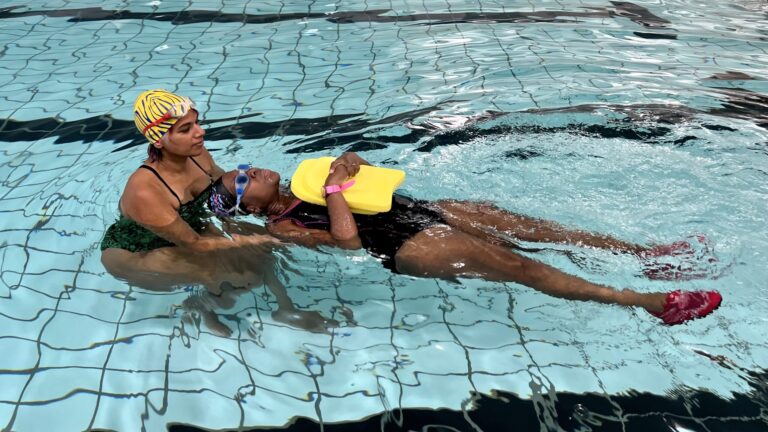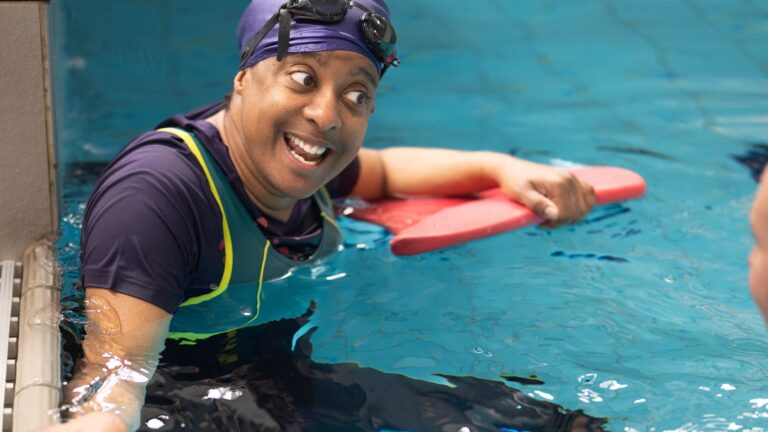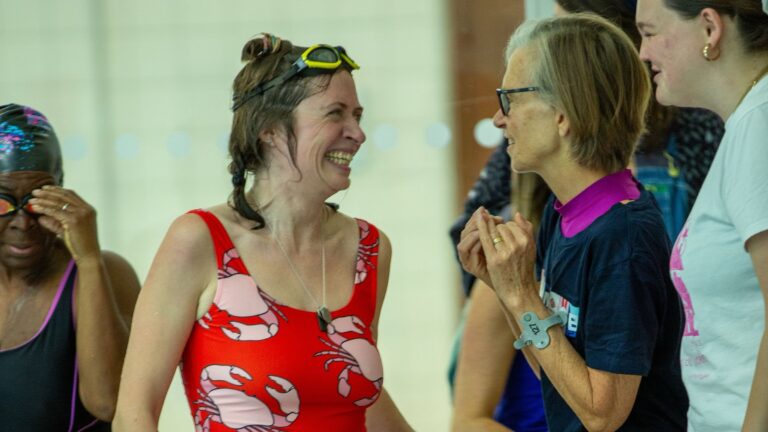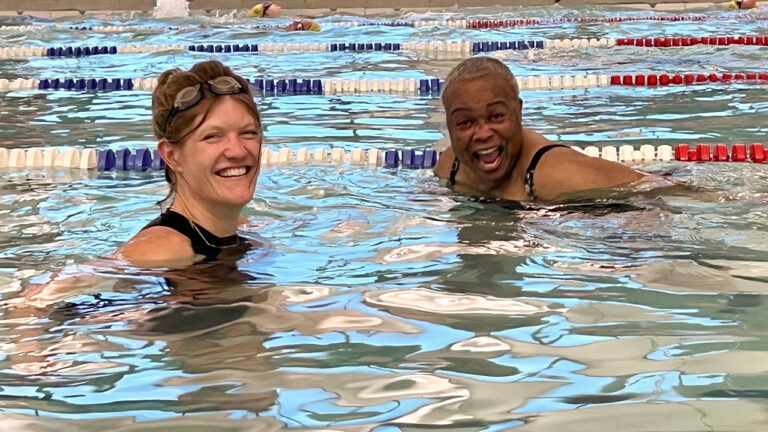On 21 March, we’ll be celebrating World Down Syndrome Day which affects 40,000 people in the UK alone. The best person to explain Down’s syndrome is someone themselves, so here’s Rachel talking about her experience:
Here’s is another perspective from Ellie:
Source: Down’s Syndrome Association – #ListenToMe
What is Down’s Syndrome?
According to the NHS, Down’s syndrome is when someone is born with an extra chromosome 21. People with Down’s syndrome have some level of learning disability which affects the way they understand information and communicate. This means they can have difficulty understanding new or complex information, learning new skills or coping independently. They are also more likely to have other conditions, like speaking difficulties, visual or hearing impairment, be more sensitive to infections like pneumonia or flu, have heart conditions, autism or dementia at a young age. Some people will be more independent and do things like getting a job whilst other people might need more regular care. but it’s important to remember that they are all unique individuals and Down’s syndrome is only a part of the person.
Swimming for People with Down’s Syndrome
People with Down’s syndrome can take part in a variety of sport and leisure activities, including swimming. There are many non-profit organisations focusing on swimming for people with this condition, for instance, there are clubs in the UK and in the US, and even international competitions organised by the associated swimming federation in partnership with Swim England. There are synchronised swimming teams composed of people with Down’s syndrome. Check out this video about the Special Sirens, the first team of a kind in Latin America who have become world champions:
Swimming is particularly good because individuals can relax and be supported by the water, which enables them to develop their motor skills more easily than in other activities. If you are a WeSwim volunteer working with a swimmer who has Down’s syndrome, there a few tips that can help you.
- Help the swimmer like any other swimmer so they can learn the basics and improve their technique, but give them extra help for learning and following the rules.
- Slow down during the explanations, use simple words and short sentences and pause so that they have time to process the information.
- Focus on one thing at a time, don’t overwhelm them with too many details.
- Communicate regularly about the activity you’re doing and what you’re going to do next to help with the transitions, give the swimmer feedback on how they are doing and celebrate their efforts and successes.
- Motivate them based on their abilities and interests to capture their enthusiasm, for example, if they like a particular exercise like diving for rings, use this as a reward for something less desirable.
- Embrace the difference and enjoy the session, you’re really making a difference in the swimmer’s life.
If you are interested in finding out more and supporting this cause, the World Down Syndrome Day website has a range of actions you can take, from taking a challenge to fundraising and online events. Let us know how you’ve contributed in the comments.
A huge thank you to Mike from the Pimlico Puffins for the featured image at the top of this blog.
